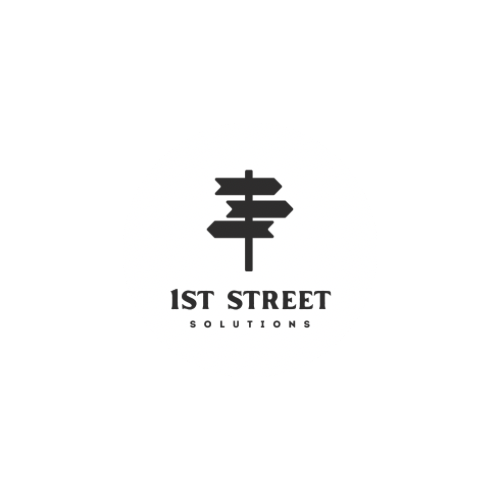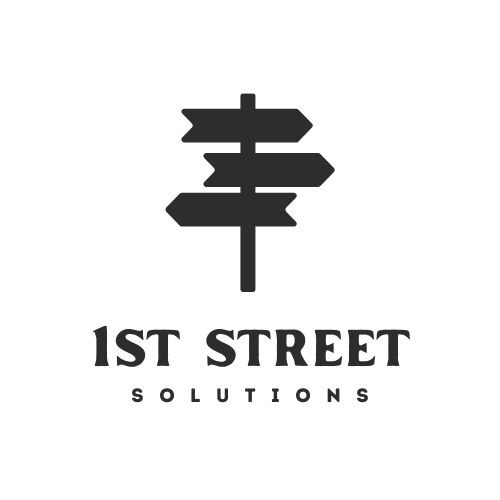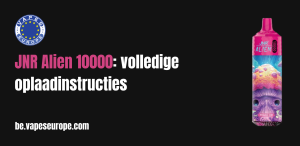Strategic Design Control for Medical Devices Starts Before Development Begins
In today’s highly regulated industries—particularly across life sciences and advanced manufacturing—time-to-market can make or break product success. Early and proactive planning around Design Control for Medical Devices is increasingly recognized as the difference between regulatory delays and rapid product launches. For companies in the medical device sector, early-stage design control activities form the bedrock of product quality and safety, driving smoother downstream development, fewer iterations, and fewer costly compliance gaps.
Design control medical device processes are not just checkboxes for regulatory submission. They are systematic approaches designed to ensure product requirements are clearly defined, properly validated, and tightly linked to user needs. The earlier organizations integrate medical device design controls into the product lifecycle, the more they reduce rework, lower costs, and expedite approvals—especially in compliance-heavy geographies like the U.S., EU, and APAC regions.
Aligning Cross-Functional Teams Around a Unified Design Control Strategy
One of the leading causes of product delays in regulated industries is a disconnect between cross-functional teams during design and development. Quality, regulatory, engineering, and manufacturing teams often work in silos, unaware of evolving design requirements and shifting compliance expectations. This fragmentation can lead to nonconformances, costly rework, and prolonged submission cycles.
With early implementation of design control for medical devices, organizations establish a structured, collaborative framework from the start. By aligning all departments through shared design control medical device processes, teams can trace every decision, requirement, and change back to user needs, risk assessments, and design inputs. This harmonized approach not only supports FDA and ISO 13485 compliance but also accelerates handoffs between design stages, enabling seamless progression through the development pipeline.
Reducing Design Iterations and Enhancing Decision-Making Accuracy
Design control medical device processes are inherently iterative, but early planning dramatically reduces the number of cycles required to reach a final, compliant design. Organizations that delay initiating medical device design controls often revisit foundational decisions after usability testing or verification activities expose flaws in the initial concept.
Early-stage design planning includes risk management, stakeholder input, user feedback, and verification criteria, all of which allow teams to catch potential issues before they escalate. This leads to more accurate design decisions, fewer change orders, and faster convergence toward a finalized product. Importantly, integrating quality and safety considerations early in the lifecycle ensures that design outputs align with global regulatory expectations from day one.
Enabling Faster FDA and Global Market Approvals Through Proactive Design Traceability
Regulators across the world—from the FDA to the European Medicines Agency (EMA)—expect medical device manufacturers to demonstrate clear traceability from user needs to product validation. Design control for medical devices is not optional; it is mandatory. However, the timing of when organizations initiate those controls can mean the difference between a smooth submission and a delayed or rejected one.
A proactive approach ensures that all design elements—inputs, outputs, verification, validation, risk assessments, and changes—are captured and traceable in real time. This design control medical device strategy simplifies the preparation of Design History Files (DHFs) and Technical Files (TFs), allowing quality teams to respond swiftly to regulatory requests and complete submissions without scrambling to recreate missing documentation.
Connecting Quality Management Software with Design Planning to Eliminate Silos
To fully realize the benefits of early design control planning, regulated businesses are turning to Quality Management Software platforms that integrate design processes into a unified compliance ecosystem. These systems connect risk management, document control, CAPA, training, and change management directly to design control medical device workflows.
Modern platforms built natively on scalable cloud architectures enable real-time collaboration across departments, geographies, and product lines. By centralizing all data related to medical device design controls, these solutions reduce redundancy, automate compliance checks, and provide audit-ready visibility into every stage of the product lifecycle. This not only accelerates time-to-market but also enhances global audit preparedness—a critical success factor for companies operating across multiple jurisdictions.
Avoiding the Pitfalls of Reactive Design Planning in Highly Regulated Sectors
Reactive design planning—where design control activities begin only after prototypes are built or after FDA feedback—is a leading contributor to product delays, increased costs, and quality issues. In regulated industries such as aerospace, medtech, or automotive, this late approach often triggers a chain reaction of design changes, documentation gaps, and missed submission deadlines.
By embedding design control for medical devices into early feasibility and concept phases, companies can validate use cases, anticipate regulatory expectations, and optimize resource allocation. This early visibility also helps identify critical quality and safety requirements upfront, thereby reducing post-market issues and recall risks that can damage brand reputation and investor confidence.
Supporting Lifecycle-Driven Innovation Without Compromising Compliance
Today’s medical device manufacturers face growing pressure to innovate rapidly while maintaining strict compliance. Introducing new product variants, incorporating AI/ML algorithms, or transitioning to digital therapeutics demands a flexible yet compliant development approach. Early-stage design control planning empowers teams to innovate confidently without sacrificing regulatory readiness.
Medical device design controls embedded from the start support dynamic product development, ensuring each new iteration remains traceable, validated, and aligned with user needs. Whether launching a new Class II device in the U.S. or updating an EU MDR-compliant Class III product, early design control integration shortens the innovation cycle while preserving compliance rigor.
Enabling Scalable Growth for Global Product Launches
For organizations planning to scale across international markets, early design control planning becomes a strategic enabler. Different markets impose varying regulatory standards, and delays in aligning with those requirements often stall international launches. A robust design control medical device framework, implemented early and supported by a modern quality management infrastructure, allows teams to build globally scalable products from day one.
From ISO 13485 alignment to FDA QSR compliance to Australia’s TGA standards, early planning ensures all regional expectations are built into the design lifecycle. Companies with proactive design control strategies can launch products across geographies faster, reduce the need for country-specific modifications, and generate revenue more quickly from global markets.
Conclusion: ComplianceQuest as the Strategic Enabler for Early Design Control Planning in 2025
In 2025, accelerating time-to-market while maintaining quality and safety is no longer optional—it’s a strategic imperative. Early design control planning offers a powerful lever for regulated companies to deliver compliant, innovative products at speed. When design control for medical devices is initiated early and managed with precision, companies reduce design risk, ensure regulatory alignment, and streamline development.
To support this transformation, ComplianceQuest offers an integrated, cloud-based Quality Management Software platform that brings together design control, document management, risk mitigation, CAPA, training, and more. Purpose-built for highly regulated environments, ComplianceQuest enables seamless collaboration, full traceability, and real-time compliance across global teams.
For life sciences and complex manufacturing companies seeking to scale, innovate, and succeed in a compliance-driven world, ComplianceQuest is the foundation for faster, smarter, and safer product development.






